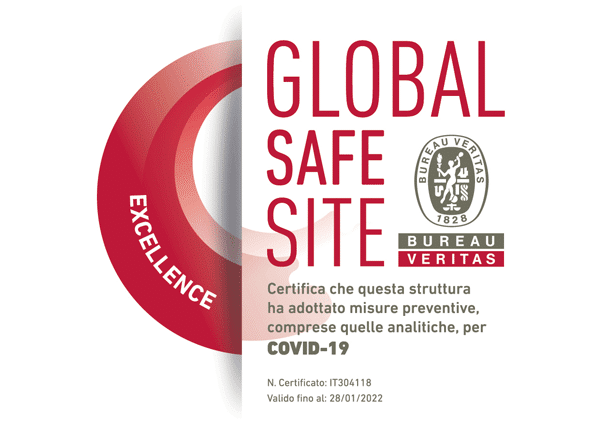Keratoconus
Keratoconus is a degenerative disease that affects the cornea, the anterior part of the eye and the first and most important lens. This condition will modify the shape of the cornea making it thinner, weaker and cone-shaped.
To get a better idea of the situation: if we imagine that the normal cornea is shaped like a portion of a football, with keratoconus, it is transformed into a portion of a rugby ball, more pointed and elongated, with walls that are thinner and irregular in some areas.
In a healthy eye, one of the fundamental conditions for good sight is a uniform cornea. Any deformation to this structure will compromise the sharpness of the images, even when spectacles or contact lenses are used. An eye affected by this condition will become myopic and astigmatic, and sight quality will deteriorate particularly where distance vision is concerned. In the advanced stages of keratoconus, the deformation and thinning of the cornea will also compromise its transparency and ultimately affect sight quality.
The reasons behind the appearance of this condition are unclear. The fact that it is frequently observed in several members of the same family would suggest a genetic predisposition.
Treatment of keratoconus
Keratoconus can not be cured with drug therapy alone and its evolution is not predictable. It progresses rapidly in some patients, yet in others, progression is much slower. In the more serious cases, a corneal transplant may be necessary. This is a microsurgery procedure performed with an operating microscope and a femtosecond laser.
In the initial phases of keratoconus, the bulge observed in the cornea alters the surface, provoking defects such as myopia and astigmatism. At this stage of the condition, the patient may benefit from the implantation of one or two half rings inserted into the corneal thickness; these will stabilize the cornea, support it, slow down the evolution of the condition, and improve visual acuity. This is a straightforward day surgery procedure, performed under local anesthesia, with a femtosecond laser employed if required. In the event the ring does not give the desired results, it can be removed with no contraindications.
Also in the initial phases of keratoconus, it is possible to use an alternative non surgical technique called cross-linking. Using this technique, the corneal fibers become thicker, more resistant and orderly, resulting is greater stabilization of the cornea.
However, if the cornea is already distorted or thinned by this condition, or in the event the astigmatism cannot be corrected with contact lenses and no opacities are observed or the opacities are localized in the anterior portion of the cornea, the surgeon will resort to a corneal transplant and the lamellar technique in particular.

